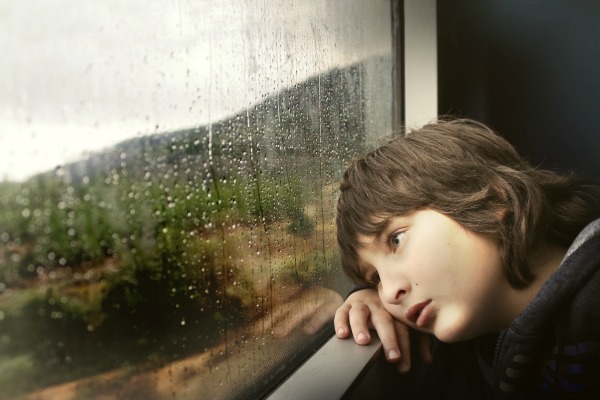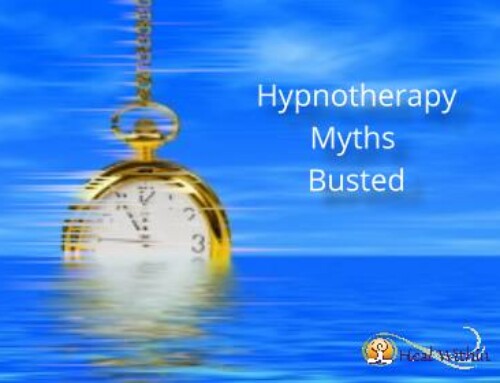Children are greatly affected by domestic violence. Children are the silent victims. In fact, domestic violence and child abuse are related.
Did you know…
• “Up to 10 million children witness some form of domestic violence annually.”
• “80% to 90% of children living in homes where there is domestic violence are aware of the violence.”
• “Older children are frequently assaulted when they intervene to defend or protect their mothers.”
• “Up to 60% of the men who frequently assaulted their wives also frequently abused their children.”
• “The more severe the abuse of the mother, the worse the child abuse.”
• “Boys who witness domestic violence are twice as likely to abuse their own partners and children when they become adults.”
There are even more unimaginable facts and figures from the National Coalition Against Domestic Violence.
Children in violent homes are in serious emotional and physical harm. Even if they haven’t seen the violence first-hand, they can “feel” what is going on. Children from violent homes are more vulnerable to being abused themselves. A child’s exposure to domestic violence is the strongest risk factor of transmitting violent behavior from one generation to the next. They often become perpetrators of violence or victims as adults. It’s understandable that children think that violence is “normal” because they grew up with it.
Children are a product of their own environment. Therefore the cycle of abuse continues. Children from violent homes are affected in all areas of their lives. They can have emotional, behavioral, and health problems. They can experience withdrawal, low self-esteem, nightmares, self-blame and aggression against others and property. They have difficulties in school, like lack of concentration, excessive absences, and poor performance. Plus, their home environment isn’t conducive to studying. And they have difficulties in relationships. It’s hard for them to trust others. They display overly aggressive or passive behavior. They have difficulty problem solving. They have poor anger management skills. These are just some examples that only touch the surface.
It’s simple and plain to see. If the cycle of abuse isn’t stopped, it’s passed down to the children and the abuse carries on and on. Children are being hurt by the millions! The cycle of abuse must be broken. The time is now.
Continue reading on Examiner.com: The cycle of abuse – Indianapolis Domestic Violence & Abuse






